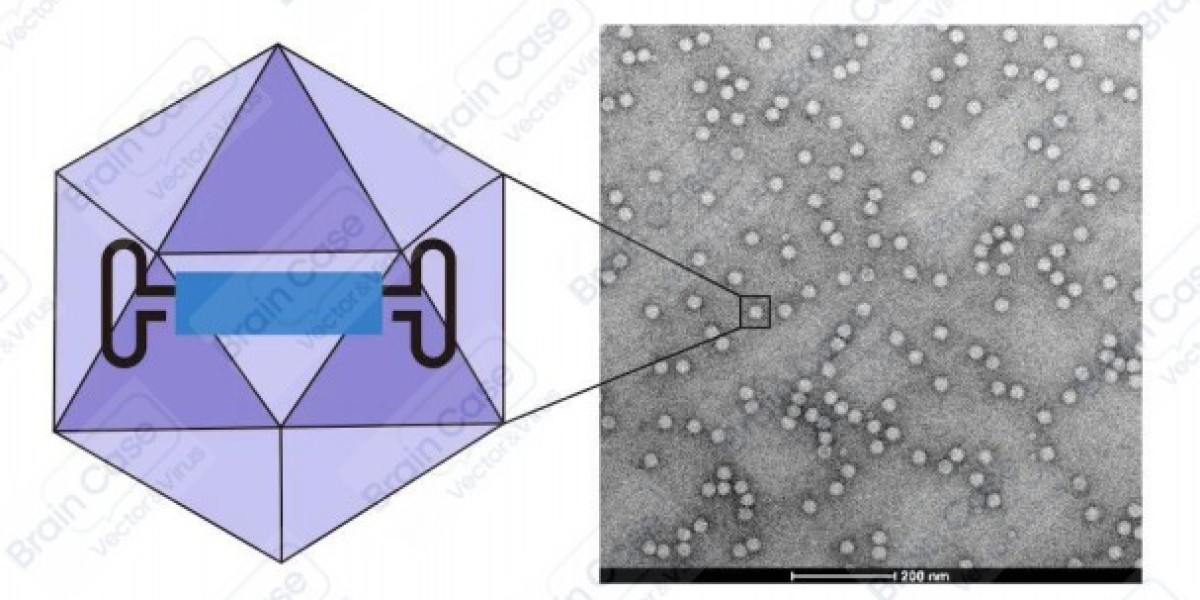Introduction to Lentivirus
Lentiviruses are a subgroup of retroviruses, known for their ability to infect both dividing and non-dividing cells. They are of great interest in the fields of gene therapy, molecular biology, and vaccine development. One of the most well-known lentiviruses is the Human Immunodeficiency Virus (HIV), but lentivirus production can be engineered to create safe viral vectors for delivering genetic material into cells for research or therapeutic purposes.
Key Steps in Lentivirus Production
Lentivirus production involves a complex series of steps that must be meticulously controlled to ensure high-quality viral vector production. The general process includes:
Gene Transfer and Plasmid Design
To create a lentivirus, specific genes need to be packaged into the virus’s genome. This is done by first constructing a plasmid that contains the desired gene of interest. The plasmid will be used to generate the viral genome.
Additional plasmids may be required to encode viral proteins that are necessary for the virus’s replication and packaging. These proteins include:
Gag-Pol (necessary for viral assembly and replication)
Env (the envelope protein, which allows the virus to infect target cells)
Transfection
Once the plasmids are prepared, they are introduced into producer cells, typically human embryonic kidney (HEK) 293T cells, via a process called transfection. Transfection involves using chemical methods (like calcium phosphate) or lipofection to introduce the plasmids into the cells.
The producer cells then begin producing viral particles containing the gene of interest.
Viral Packaging
After transfection, the HEK 293T cells produce the lentiviral vector particles. These particles are composed of a modified lentiviral genome containing the gene of interest.
The viral proteins encoded by the plasmids help in assembling the virus. The virus particles are released from the producer cells into the culture medium.
Harvesting and Purification
After a period of incubation, typically 48 to 72 hours, the viral particles are collected from the cell culture supernatant.
The lentiviral vector particles are then purified to remove any cellular contaminants. Various methods can be employed for this purification step, including ultracentrifugation, chromatography, or filtration.
Titering
To assess the quality and efficiency of the lentivirus, the viral titer (the concentration of infectious viral particles) is determined. This step is critical to ensure that the virus is capable of infecting target cells. Several methods are used for titering, such as:
qPCR (Quantitative Polymerase Chain Reaction) to detect viral RNA.
Flow cytometry to assess the expression of a reporter gene (e.g., GFP) in infected cells.
Infectious units assays, such as a limiting dilution assay.
Transduction
The final step is transducing the target cells with the purified lentivirus. This is the process of infecting the cells with the viral particles, allowing the viral genome (which contains the gene of interest) to integrate into the host cell’s genome. This is particularly important for gene therapy, where the goal is to permanently alter the genetic makeup of the target cells.
Applications of Lentivirus Production
Gene Therapy
Lentiviruses are an important tool for gene therapy, where they are used to deliver therapeutic genes to patients with genetic disorders. The ability of lentiviruses to integrate their genome into the host cell’s DNA allows for long-term expression of the therapeutic gene.
Stem Cell Research
Lentiviral vectors are used to introduce genes into stem cells to study gene function, differentiation, and development. In particular, they are used to generate induced pluripotent stem cells (iPSCs) by reprogramming somatic cells.
Vaccine Development
Lentiviruses can be used as vectors for developing vaccines. By inserting portions of pathogens (such as HIV or other viruses) into the lentiviral genome, researchers can create vaccines that trigger an immune response without causing disease.
RNA and Protein Expression
Lentiviral vectors can also be used to produce large quantities of proteins, such as antibodies, in mammalian cells, for use in research or therapeutic purposes.
Challenges in Lentivirus Production
While lentiviral vectors are highly efficient, the process of lentivirus production comes with several challenges:
Safety Concerns: Although lentiviruses can be engineered to be replication-deficient, there is still a risk of recombination leading to replication-competent virus. Therefore, the safety of the viral vectors must be carefully monitored.
Scalability: Large-scale production of lentivirus is complex and expensive, requiring highly controlled laboratory conditions to ensure consistent quality.
Efficiency: Achieving high viral titers and efficient transduction of target cells remains a challenge in some applications, especially when dealing with hard-to-transduce cells.
Conclusion
Lentivirus production is a powerful tool for gene therapy, molecular biology, and vaccine development. Despite its complexity, the ability to create high-quality lentiviral vectors has revolutionized research in genetic modification and therapeutic applications. By overcoming production challenges, scientists continue to unlock the potential of lentiviral vectors for treating genetic diseases, advancing stem cell research, and developing new vaccines.








